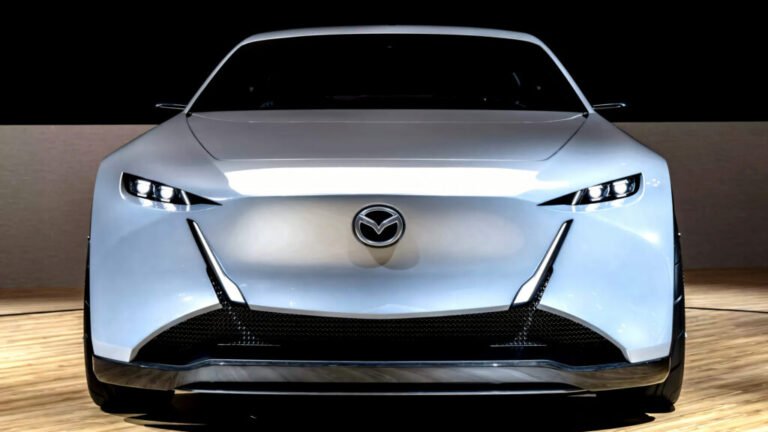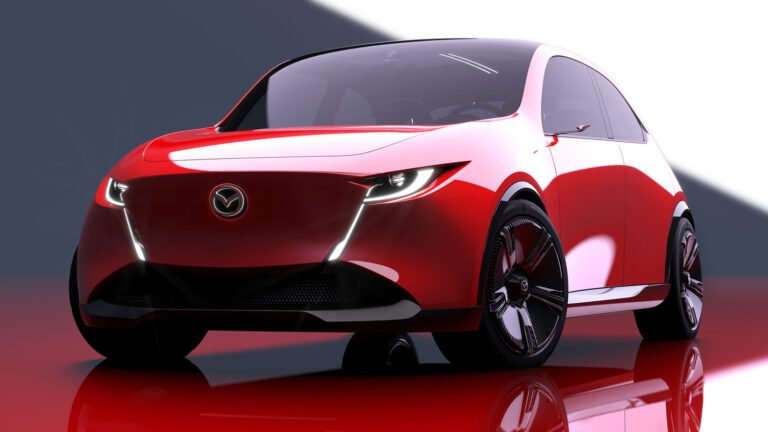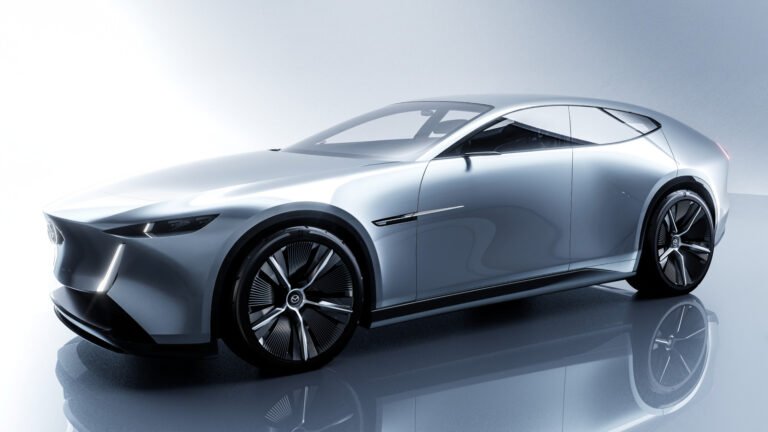
- Rivian’s CEO praised the Xiaomi EV’s design after a teardown.
- RJ Scaringe said he’d buy the SU7 himself if he lived in China.
- He called it a well-integrated, nicely executed technology platform.
Last year, Ford chief executive Jim Farley surprised many when he revealed that his daily driver was a Xiaomi SU7 quietly imported into the United States. Now, another American industry leader has joined the conversation about the Chinese electric sedan that’s been causing a stir both at home and abroad.
Rivian chief executive RJ Scaringe revealed his team recently tore down an SU7, and, likely Farley, he’s full of praise for it. However, he says that developing and building a vehicle like it in China is very different than doing the same in the US.
How Good Is It?
According to Scaringe, the SU7 is a “really well executed, heavily vertically-integrated technology platform” that is “nicely done.” He added that if he were living in China, it’s one of the cars that he’d personally consider buying.
Read: Rivian’s CEO Would Rather Lose You As A Buyer Than Add Apple CarPlay
One of the SU7’s most compelling advantages is its price. With a starting figure of 215,900 yuan, roughly $30,000, it undercuts much of the competition. After taking the car apart, Scaringe explained that Rivian “learned nothing from the teardown” about how Xiaomi keeps costs so low.
There was no hidden engineering trick or obscure cost-cutting secret waiting inside the panels. The real explanation, he said, is simple: China’s extensive government support.
China Plays By Other Rules
The distinction, according to Scaringe, comes down to the economic landscape in which Xiaomi operates. State backing shifts the financial balance from the ground up, creating an environment that’s nearly impossible to replicate in the US.
“The cost of capital is zero or negative, meaning they get paid to put up plants,” Scaringe told Business Insider. “It’s a very different opportunity.”

Government Grants Alter The Playing Field
While Rivian was provided a $6.6 billion loan for its new production facility in Georgia, Scaringe noted that automakers in the People’s Republic like Xiaomi receive outright grants from their own government, which is “just not something that exists in the US.”
He also noted that China’s lower labor costs further tip the scales.
“When you take the cost of capital down to zero or less than zero and you have a cost of labor that’s very low – you can do the math, you can build a spreadsheet that can arrive at exactly how they’re doing it,” he explained.
Scaringe added that the reality behind Xiaomi’s pricing isn’t mystical or secretive. “I think it’s like Wizard of Oz. I think when people think there’s a Wizard of Oz, it’s not helpful. It’s like there is no magic in the world. Everything could be analyzed and calculated.”



